Importance of Drawing as a Skill
Welcome to the vibrant world of drawing, a skill that goes beyond mere marks on paper to become a powerful medium for expression and creativity.
Drawing enriches your life by improving communication, problem-solving, and providing personal satisfaction. Whether for professional goals or leisure, learning to draw is a rewarding endeavor for anyone.
Mindset Shift Needed for Beginners
As you start your drawing journey, remember that drawing is a skill anyone can improve with practice, not a talent only a few possess. Adopting a growth mindset is crucial; it’s about enjoying the process, learning from mistakes, and celebrating every bit of progress. Every great artist started somewhere, and every masterpiece began with a single line.
Getting Started: Basic Supplies and Tools
Embarking on your drawing journey begins with assembling the right arsenal of tools and materials. This foundational step is crucial for ensuring that your creative process is as smooth and enjoyable as possible. Here’s what you need to get started:
Quality Drawing Pencils and Paper
The heart of your drawing toolkit will be a set of quality drawing pencils and the right paper. Pencils come in various grades, ranging from hard (H) to soft (B).
Beginners should start with a range that includes at least HB, 2B, and 6B pencils to experience different shades and strokes. When it comes to paper, opt for a medium-weight (around 80-100 gsm) sketch paper that can handle erasing and shading without tearing.
The texture of the paper can also influence your work, with smoother papers being ideal for detailed drawings and rougher textures for dynamic shading.
Erasers and Blending Tools
Erasers are not just for correcting mistakes; they’re an essential tool for refining your drawings and creating highlights. A kneaded eraser is particularly versatile, allowing you to shape it for precision erasing or to softly lighten areas without completely removing the graphite.
For blending and smoothing out your shading, blending stumps or tortillons are invaluable. These tools help in creating gradients and textures, adding depth to your drawings.
Introduction to Sketchbooks
A sketchbook is your playground. It’s where you’ll experiment, practice, and chronicle your progress. Choosing a sketchbook is personal; you might prefer one that lies flat when open, or one that’s small enough to carry with you everywhere.
The important thing is to choose a sketchbook that invites you to fill its pages without intimidation. It’s your space for creativity, mistakes, growth, and exploration.
Gathering these basic supplies marks the beginning of your artistic journey. They are the tools through which your creativity will flow, helping you to translate your visions onto paper. Remember, while quality tools can enhance your experience, your progress and growth as an artist are primarily driven by practice, patience, and passion.
Author RMHare
Understanding Line and Form
Diving into the essence of drawing, line and form serve as the foundational building blocks from which all artworks emerge. Mastery over these elements breathes life into your sketches, transforming simple drawings into intricate pieces of art.
Experimenting with Different Types of Lines
Lines are much more than mere strokes on a page; they are the bearers of emotion and expression. Experimenting with line quality can dramatically change the mood of your artwork. Thick, bold lines convey strength and certainty, while thin, delicate lines suggest subtlety and precision.
Diverse line types, such as dashed, dotted, or varied in pressure, can introduce texture, movement, and depth. Challenge yourself to use lines in unconventional ways to see how they can depict form, shadow, and even texture in your drawings.
Importance of Gesture Drawing
Gesture drawing is a crucial exercise for any artist, aiming to capture the essence and movement of the subject rather than its detailed anatomy. This practice teaches you to see and record the most significant aspects of a figure or scene quickly, focusing on the flow and dynamism of the pose.
Gesture drawings are typically short, ranging from 15 seconds to a couple of minutes, forcing you to prioritize speed and instinct over precision. This method not only improves your ability to grasp the overall structure and posture but also enhances your skill in depicting a sense of motion and life.
Exploring Shapes and Forms in Drawings
Understanding shapes and forms is key to translating the three-dimensional world onto a two-dimensional surface. Begin with simple geometric shapes—circles, squares, triangles—and practice transforming them into more complex forms.
This practice helps in breaking down complex objects into manageable parts, making them easier to draw. Observing and sketching from life, notice how light and shadow play on different forms, and try to replicate these effects in your work to achieve a sense of depth and volume.
Over time, you’ll develop an intuitive sense for how to depict the weight, texture, and solidity of objects in your drawings.
Mastering line and form is a journey of continuous learning and practice. By embracing these elements, you lay the groundwork for more advanced techniques, enabling you to create compelling, realistic, and expressive artworks.
Credit: MysteryEzekude on DeviantArt
Mastering Proportions and Scale
Achieving accurate proportions and scale in your drawings is pivotal for creating realistic and visually appealing artwork. This aspect of drawing ensures that your subjects interact harmoniously with their environment, providing a sense of depth and spatial awareness.
Importance of Measuring and Scaling in Drawings
The essence of mastering proportions lies in the ability to measure and scale objects correctly relative to one another. This skill is crucial, as even a slight deviation can make a drawing feel “off” or unrealistic.
Learning to observe and gauge distances and sizes between different parts of your subject can significantly enhance the accuracy of your drawings. Tools like the pencil measurement technique, where you hold your pencil at arm’s length and use it to measure angles and proportions, can be incredibly helpful.
Applying these measurements consistently across your drawing ensures that all elements are in correct relation to one another, establishing a strong, believable composition.
Tips for Accurate Proportions in Figure Drawing
Figure drawing is one of the most challenging subjects due to the complexity of the human body and the need for accurate proportions. A helpful approach is to start with a basic structure or skeleton, laying out the rough proportions of the head, torso, limbs, and extremities.
Familiarize yourself with some basic rules of thumb, such as the body being roughly eight heads tall and the spacing of eyes being one eye-width apart. Practice drawing figures in various poses and from different angles to improve your understanding and instinct for human proportions.
Always start with light lines that can be easily corrected and refine your drawing as the proportions begin to take shape.
Using Grids and Guidelines for Better Compositions
Grids and guidelines are invaluable tools for achieving accurate proportions and compositions in your drawings. Drawing a grid over your reference photo and then replicating that grid on your drawing paper can help you map out where each element of your composition should go.
This technique is especially useful for beginners or when working on complex scenes. Similarly, using guidelines to establish horizon lines, vanishing points for perspective drawing, or to divide a figure into proportional segments can dramatically improve the overall balance and realism of your work.
Although these tools may seem tedious at first, they teach you to see and replicate the world more accurately, a skill that will become second nature with practice.
Mastering proportions and scale is a gradual process that improves with observation, practice, and patience. By focusing on these fundamental aspects, you’ll create more cohesive, realistic, and engaging drawings that truly capture the essence of your subjects.
Author Mauro Cateb
Adding Depth and Texture
Creating depth and texture in your drawings is essential for transforming flat, two-dimensional sketches into rich, three-dimensional compositions. These techniques allow your artwork to pop off the page, giving it a lifelike quality that engages viewers.
Techniques for Creating Depth in Drawings
Depth can be achieved through various methods, with perspective drawing being one of the most effective. Utilizing one-point, two-point, or three-point perspective guides the viewer’s eye into the depth of the scene, making objects appear more distant or close.
Another technique is to employ atmospheric perspective, where distant objects are depicted with less contrast and detail compared to closer ones, mimicking the effect of the atmosphere on visibility. Overlapping elements and varying their size also contribute to the sense of depth, with larger objects appearing closer and smaller ones further away.
These techniques, combined with a thoughtful composition, can dramatically increase the perception of depth in your drawings.
Exploring Shading and Highlighting
Shading and highlighting are pivotal in giving your drawings volume and dimension. By understanding the way light interacts with different forms, you can replicate these effects on paper.
Start by determining a light source direction and use it consistently to shade your subjects. Areas hit by light will be lighter, while shadows will form on the opposite side. Experiment with different shading techniques, such as hatching, cross-hatching, stippling, and blending, to create a range of tones and textures.
Highlights, where the light is strongest, can be left blank or lightly touched with an eraser to pull them out. Mastering the interplay of light and shadow will bring a sense of realism and weight to your drawings.
Adding Texture to Bring Drawings to Life
Texture adds the final touch of realism, making your subjects feel tangible. The key to effective texturing is observation—study the way light plays on different surfaces in real life and try to replicate these effects with your pencil.
Use varied strokes and patterns to mimic the texture of your subjects, from the smoothness of skin to the roughness of tree bark. Paying attention to the direction and length of your strokes can also help convey the form and curvature of textured surfaces.
Don’t be afraid to layer different techniques to achieve the desired effect, and remember, subtlety is often key. By incorporating texture into your drawings, you elevate them from mere representations to vivid, tactile experiences.
By focusing on depth, shading, highlighting, and texture, you can enhance the realism and emotional impact of your drawings. These elements work together to create a more immersive and visually compelling artwork that not only captures the eye but also the imagination.
Developing Your Style
Developing a unique drawing style is a journey of self-discovery and expression, allowing you to leave a personal stamp on your artwork. This process involves experimentation, drawing inspiration from a broad spectrum of sources, and a commitment to practice and patience.
Experimenting with Different Art Styles
Diversity in artistic expression is key to finding your own voice. Experiment with a wide range of art styles—realism, impressionism, abstract, comic, manga, and more—to understand their nuances and what they evoke in you.
Each style has its own set of rules and techniques, from the precise lines of realism to the emotive color palettes of expressionism. By trying your hand at different styles, you not only build a versatile skill set but also discover what resonates with your personal aesthetic and what feels most natural for you to create.
Finding Inspiration from Various Artists
Art history is a vast treasure trove of inspiration. Study the works of great artists across different eras and movements to learn how they approached composition, color, and technique.
Modern platforms like Instagram, Pinterest, and art blogs offer easy access to contemporary artists’ work, providing a glimpse into current trends and innovative styles. Don’t limit your exploration to artists within your preferred genre; cross-pollination of ideas can lead to unique combinations that might just define your personal style.
Remember, inspiration is everywhere—from the masters in museums to the street artists in your city.
Understanding the Importance of Practice and Patience
The development of a unique style is not an overnight achievement. It’s a gradual process that evolves with continuous practice and a lot of patience. Your style will change and mature over time as you refine your skills and define your interests.
It’s important to be patient with yourself and allow your style to emerge naturally rather than forcing it. Regular practice is crucial, as it helps you hone your technique, experiment more freely, and gain confidence in your artistic decisions. Embrace the journey, including the frustrations and breakthroughs, as each step brings you closer to finding your unique voice.
Developing your drawing style is a deeply personal and fulfilling aspect of your artistic journey. It reflects your individuality and how you interpret the world around you. Through experimentation, seeking inspiration, and dedicated practice, you’ll gradually uncover a style that is unmistakably yours, adding depth and authenticity to your work.
Utilizing Reference Materials
Using reference materials is a fundamental aspect of improving your drawing skills and creating accurate, realistic artwork. References can range from photographs and live models to objects and scenes from nature, serving as invaluable guides for artists of all levels.
Importance of Using References in Drawings
References play a crucial role in helping artists understand complex subjects, such as anatomy, perspective, and lighting. They provide a visual guide that can enhance accuracy and detail, especially when drawing subjects that are not well memorized or understood.
Using references is not a crutch but a tool for learning and growth, allowing you to study the nuances of your subject matter and translate them into your artwork.
Tips for Finding and Using References Effectively
Diverse Sources: Look for reference images or objects from a variety of sources, including online databases, art books, and your immediate environment. The more diverse your reference material, the richer your understanding and depiction of subjects will be.
High Quality: Choose high-resolution and clear references to ensure you can see details accurately, which is particularly important for complex subjects like human figures or intricate landscapes.
Legal Use: Ensure that the references you use are either copyright-free, within the public domain, or you have permission to use them, especially if your work will be published or sold.
Active Observation: Instead of copying blindly, actively observe your reference. Study the way light interacts with the subject, understand its form and structure, and then translate that observation into your drawing.
Sketching from Life: Whenever possible, sketch from life. This practice develops your observational skills, helps you understand perspective and proportion naturally, and improves your ability to capture the essence of your subject.
Ethical Considerations When Using References
When utilizing reference materials, it’s important to do so ethically. This means respecting copyright laws and the original creators of the images. If your work heavily relies on a specific reference, it’s good practice to credit the source or seek permission from the copyright holder if necessary.
Additionally, while references can inform your work, strive to add your own creative touch, making the artwork uniquely yours. This not only avoids potential copyright infringement but also helps you develop a distinct style and voice as an artist.
Incorporating reference materials into your drawing practice is a smart strategy to enhance your skill set, bring accuracy to your work, and inspire your creativity. By using references effectively and ethically, you can significantly improve the quality of your drawings and expand your artistic capabilities.
Credit: Photo by Anna Krupa
Exploring Different Mediums
Diving into the world of art, you’ll find that the choice of medium can dramatically alter the expression and impact of your work. Each medium brings its unique characteristics and challenges, offering endless possibilities for creativity and exploration.
Introduction to Different Drawing Mediums
The realm of drawing mediums is vast, ranging from traditional pencils to digital tablets. Common mediums include graphite, charcoal, pastels, ink, and colored pencils, each offering different textures, shades, and techniques. Graphite pencils are versatile and perfect for detailed work, while charcoal allows for bold, expressive strokes.
Pastels offer vibrant colors and a unique blendability, ink stands out for its precision and stark contrasts, and colored pencils combine the control of a pencil with the color possibilities of paint. Experimenting with these mediums can unlock new ways of seeing and representing your subjects.
Tips for Experimenting with Charcoal, Pastels, and Ink
Charcoal: Start with a light touch and build up to darker shades. Use your fingers or a blending stump to smudge and blend for dynamic effects. Keep an eraser handy to create highlights and correct shapes.
Pastels: Work from light to dark colors to maintain the vibrancy of your shades. Use the side of the pastel for broad strokes and the edge for fine details. A fixative spray can help preserve your work and prevent smudging.
Ink: Practice controlling your line weight by varying the pressure and angle of your pen or brush. Ink is unforgiving, so plan your composition with light pencil sketches first. Experiment with washes for shading and textural effects.
Finding the Right Medium that Suits Your Style
Discovering the medium that best complements your artistic voice is a personal journey that involves trial and error. Reflect on your preferred subjects, whether you enjoy detailed work or broad, expressive strokes, and if you prefer monochrome or color.
Consider also the practical aspects, such as the workspace required, drying time, and the ease of setup and cleanup. Don’t hesitate to mix mediums to achieve the desired effects and to push the boundaries of traditional drawing techniques. Your choice of medium should enhance your creative expression, not limit it.
Exploring different mediums enriches your artistic practice, offering new ways to convey your vision and emotions. Whether you gravitate towards the precision of ink, the softness of pastels, or the depth of charcoal, each medium can open new avenues for expression. Embrace the process of experimentation to find the mediums that resonate with your artistic style and help you grow as an artist.
Joining Art Communities and Workshops
Engaging with art communities and participating in workshops can significantly enrich your artistic journey. These platforms offer not only skill enhancement but also emotional support, inspiration, and valuable feedback from peers and mentors.
Benefits of Joining Art Communities
Joining art communities, whether local or online, connects you with like-minded individuals who share your passion for art. These communities offer a wealth of benefits including access to collective knowledge, diverse techniques, and a variety of perspectives.
They provide a supportive environment where you can share your work, gain inspiration from others, and participate in challenges that push your creative boundaries. Moreover, art communities can be a source of motivation, helping you stay committed to your practice and pursue continuous improvement.
Tips for Finding Workshops and Classes
Finding the right workshops and classes can be a game-changer in developing your skills. Here are a few tips to get started:
Research: Look for local art centers, colleges, and community organizations that offer drawing classes and workshops. Many institutions provide sessions for different skill levels, from beginners to advanced artists.
Online Platforms: Explore online platforms such as Skillshare, Coursera, and Udemy, which offer a wide range of art courses taught by experienced professionals. These platforms allow you to learn at your own pace and on your own schedule.
Art Festivals and Conventions: Attend art festivals, conventions, and meet-ups. These events often feature workshops and live demonstrations by accomplished artists.
Social Media and Forums: Use social media and forums to find recommendations for workshops and classes. Platforms like Instagram, Reddit, and dedicated art forums can be great resources for finding opportunities and connecting with instructors.
Importance of Feedback and Critiques in Improving Your Skills
Feedback and critiques are invaluable for any artist looking to improve. Constructive criticism from peers, mentors, or instructors can provide fresh insights into your work, highlighting areas for improvement that you might not have noticed.
Engaging in critique sessions teaches you to view your work objectively, fostering a mindset of growth and continuous learning. Remember, receiving feedback is not about seeking approval but about gaining perspectives that can help refine your technique, composition, and overall artistic expression.
Actively participating in art communities and workshops not only enhances your technical skills but also builds your confidence, expands your network, and opens up new avenues for artistic exploration. Embrace these opportunities to learn, share, and grow as an artist, enriching both your work and your personal development.
Creator: Aupoman
Overcoming Creative Blocks
Creative blocks are a common hurdle for artists at all levels, but they can be particularly daunting for beginners. These blocks often manifest as a lack of inspiration, motivation, or confidence, making it challenging to start or continue your artistic endeavors.
Common Challenges Faced by Beginners
Beginners might face several challenges that contribute to creative blocks, including perfectionism, fear of failure, and comparison with more experienced artists. These challenges can lead to frustration and a feeling of being stuck, hindering progress and growth. It’s crucial to recognize that these hurdles are a natural part of the learning process and can be overcome with the right strategies.
Tips for Overcoming Creative Blocks
Set Small, Achievable Goals: Break down your projects into smaller tasks to avoid feeling overwhelmed. Completing these tasks can provide a sense of accomplishment and momentum.
Change Your Environment: Sometimes, a change of scenery can stimulate creativity. Try drawing in a new location, whether it’s a park, a café, or a different room in your house.
Seek Inspiration: Look for inspiration outside your usual sources. This could be in nature, music, movies, or even exploring other forms of art, like sculpture or photography.
Experiment with New Techniques: Trying out new drawing techniques or mediums can spark creativity by pushing you out of your comfort zone.
Connect with Other Artists: Sharing your experiences with peers can provide comfort, inspiration, and new perspectives on overcoming creative hurdles.
Practicing Mindfulness and Self-Care as an Artist
Mindfulness and self-care play vital roles in maintaining your creative well-being. Practicing mindfulness through meditation, deep breathing, or even mindful drawing can help clear your mind, reduce stress, and improve focus.
Equally important is taking care of your physical health—ensuring adequate rest, exercise, and nutrition. Remember to be kind to yourself during periods of creative blockage. Self-compassion encourages a positive mindset, making it easier to navigate through creative slumps and return to your work refreshed and inspired.
Overcoming creative blocks is an integral part of the artistic journey. By embracing these challenges with patience and resilience, you can uncover valuable insights about yourself and your creative process. Each block, once overcome, can lead to newfound inspiration and a deeper connection with your art.
Embarking on the journey to improve your drawing skills is both exciting and challenging. Through the exploration of various techniques, materials, and concepts, you’ve taken significant steps toward enhancing your artistic abilities. Let’s briefly recap the key points covered in this guide:
Getting Started with Basic Supplies and Tools: The foundation of your drawing journey begins with the right tools—quality pencils, paper, erasers, and a sketchbook.
Understanding Line and Form: Mastering these elements is crucial for adding depth and realism to your drawings.
Mastering Proportions and Scale: Learning to accurately measure and scale your subjects ensures your drawings are realistic and proportionate.
Adding Depth and Texture: Techniques like shading, highlighting, and texturing bring your drawings to life, making them appear three-dimensional.
Developing Your Style: Experimentation and practice will lead you to discover a unique drawing style that resonates with your personal expression.
Utilizing Reference Materials: References are invaluable for improving accuracy and adding detail to your work, provided they are used ethically.
Exploring Different Mediums: Experimenting with various drawing mediums can unlock new creative possibilities and enhance your artistic expression.
Joining Art Communities and Workshops: Engaging with fellow artists and participating in workshops can offer support, inspiration, and valuable feedback.
Overcoming Creative Blocks: Strategies for overcoming creative blocks include setting achievable goals, seeking inspiration, and practicing mindfulness.
Encouragement to Continue Practicing and Improving
The path to becoming a skilled artist is a marathon, not a sprint. Continuous practice, patience, and perseverance are your best allies. Embrace every drawing as an opportunity to learn and grow. Remember, every artist has faced challenges and setbacks; what defines success is the willingness to keep pushing forward.
Final Thoughts on the Rewarding Journey of Learning to Draw
Learning to draw is a deeply rewarding journey that offers more than just the improvement of your artistic skills. It’s a journey of self-discovery, creative expression, and personal growth.
Along the way, you’ll find that drawing enriches your life in unexpected ways, providing a unique lens through which to view the world around you. The skills and insights gained through drawing extend far beyond the canvas, influencing how you solve problems, observe details, and appreciate beauty in everyday life.
As you continue on your artistic journey, remember that every stroke, every line, and every sketch brings you one step closer to realizing your creative potential. The world of art is vast and endlessly fascinating—there will always be new techniques to master, styles to explore, and ideas to express.
So keep your pencils sharp, your mind open, and your heart set on the endless possibilities that await. Happy drawing!




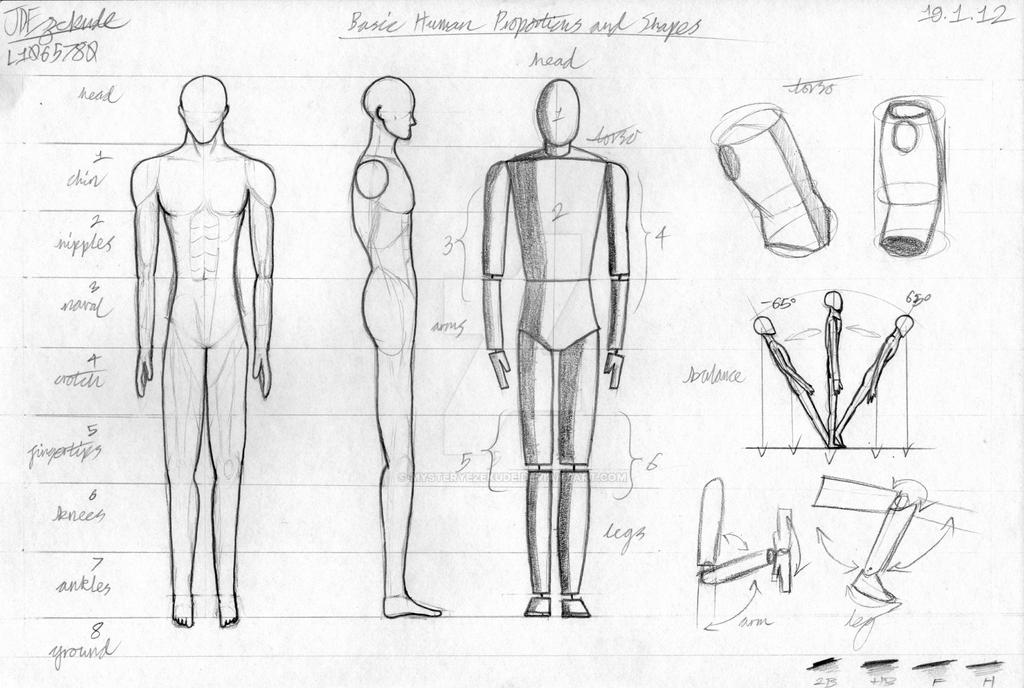
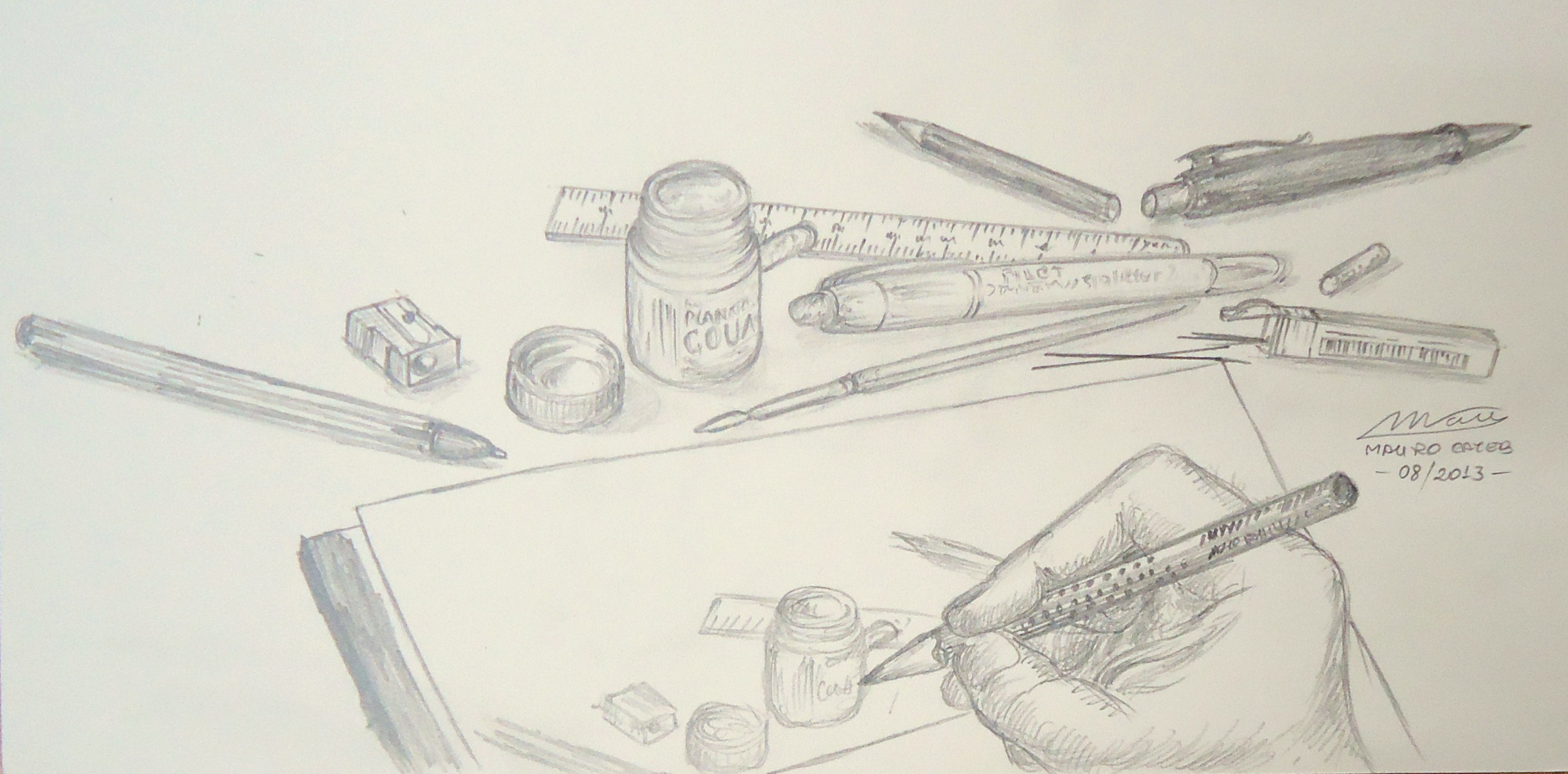
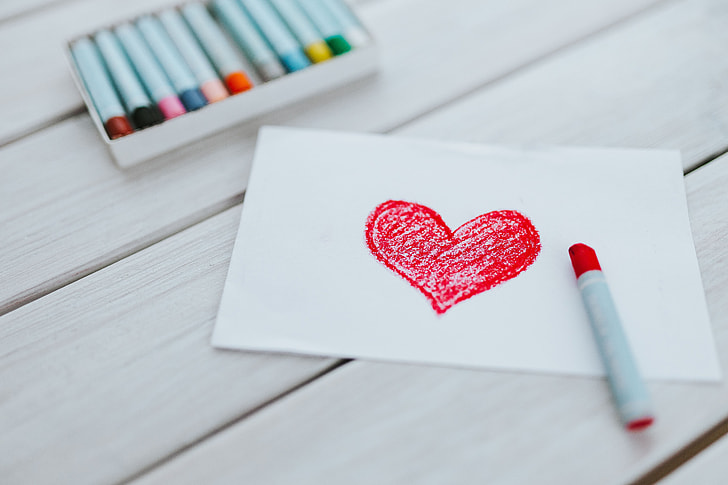

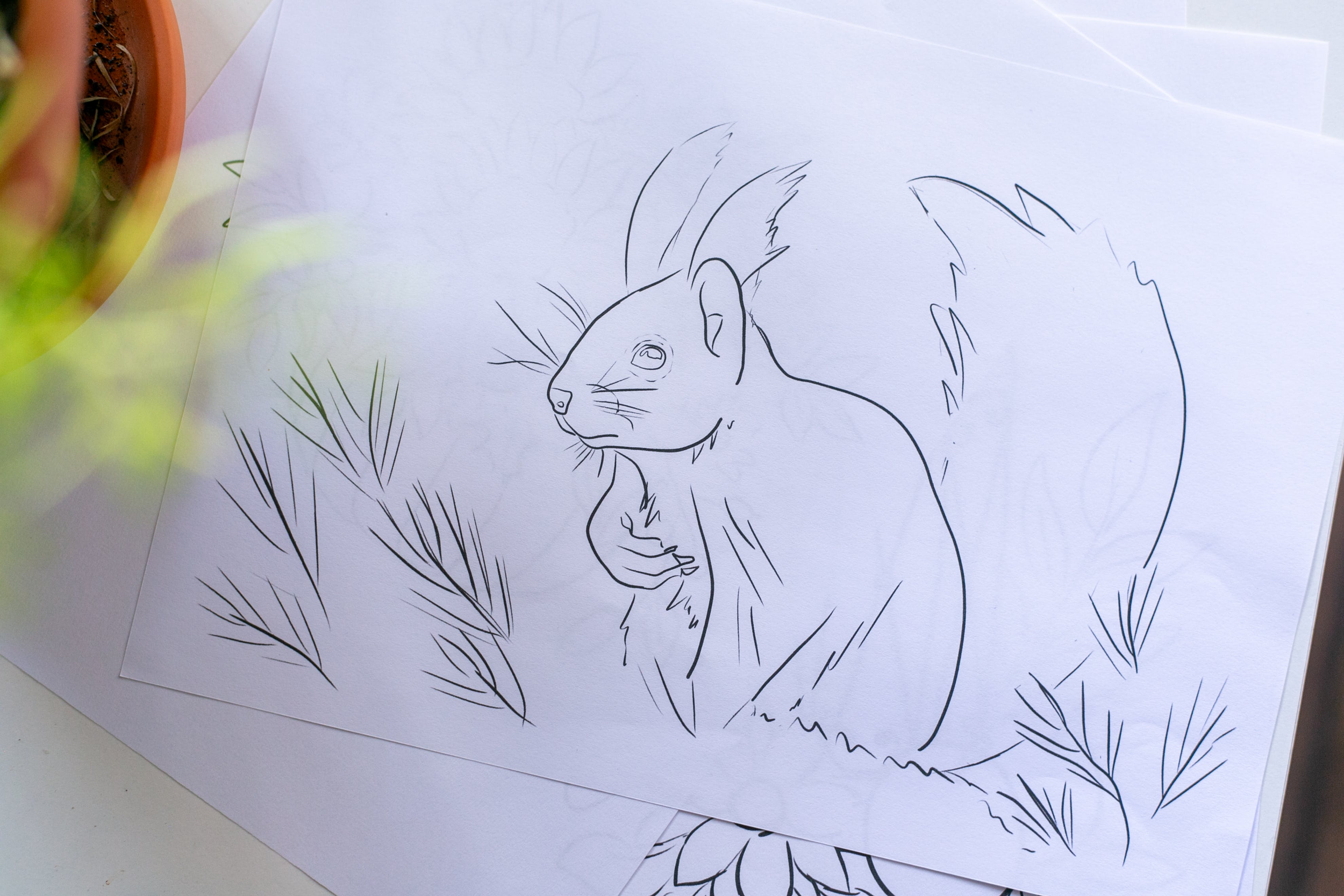
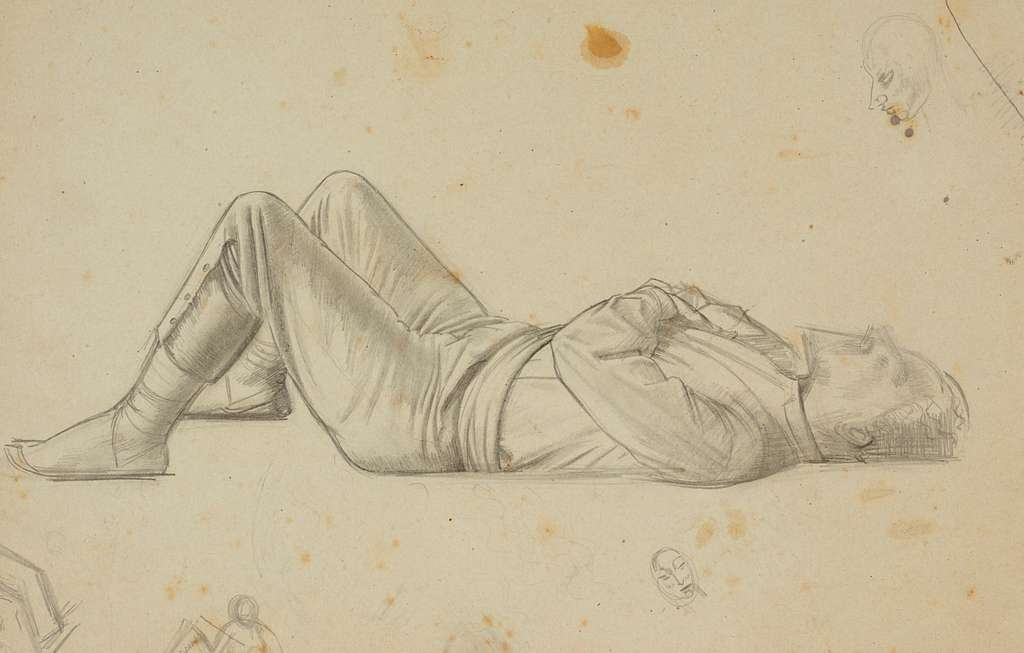





0 Comments